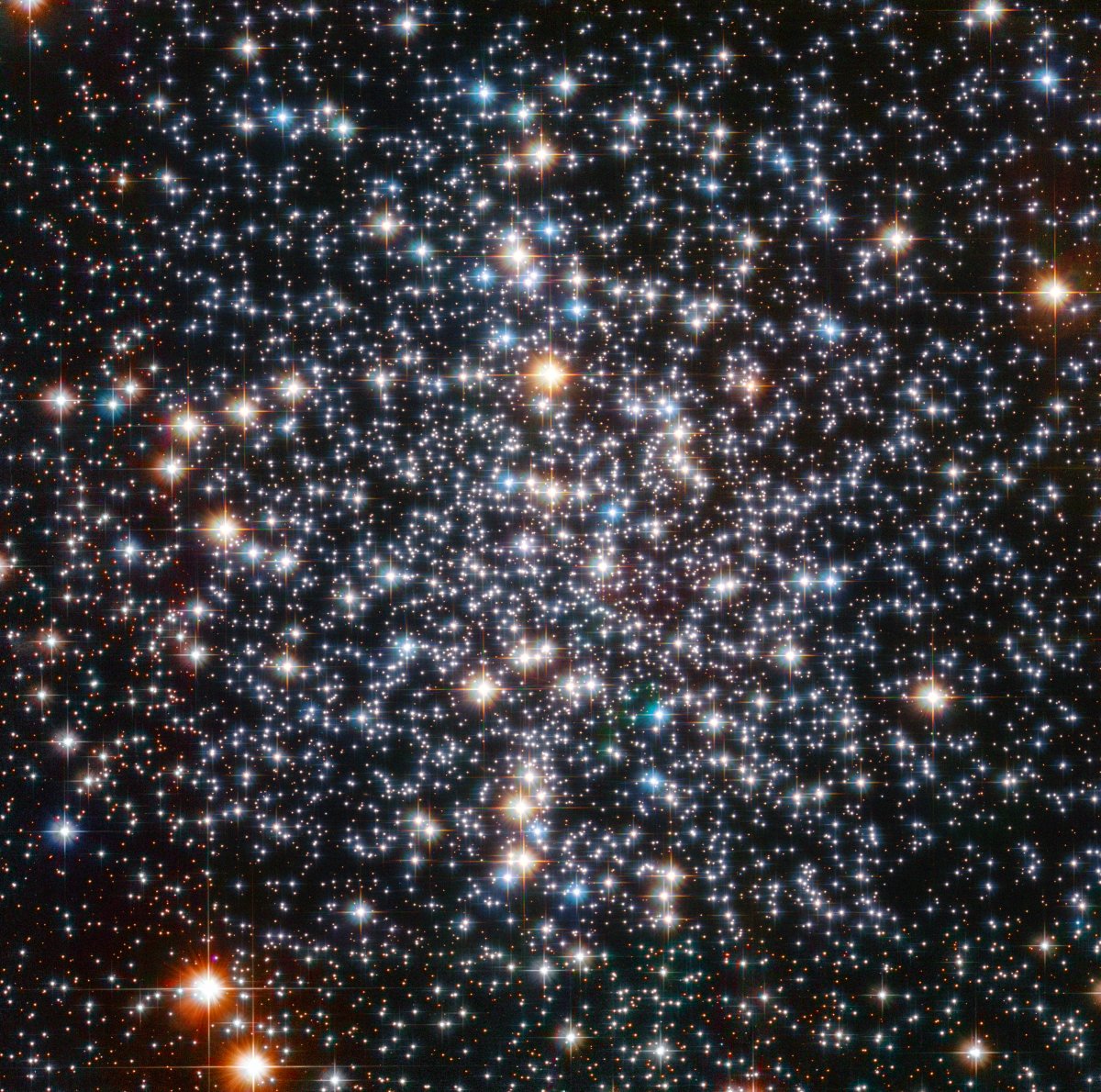The Hubble and Gaia Space Telescopes have reportedly found an intermediate-mass black hole closer to our solar system than any other. These black holes are more massive but smaller than supermassive black holes in galaxy centers. The European Space Agency (ESA) explains that a black hole with a mass around 800 solar masses is the most likely explanation for the stars’ movement in the globular cluster Messier 4, about 6,000 light-years away.
Most black holes are classified as either small or supermassive. However, scientists have been studying medium-mass black holes, which are rare and a mystery to science. Eduardo Vitral’s research team from the Space Telescope Science Institute studied the movement of stars in Messier 4 with the Hubble Space Telescope over 12 years and precise measurement results from the Gaia telescope. The team discovered a concentrated center of mass in an area too small for many small black holes. Therefore, an intermediate-mass black hole with a mass of several hundred to several thousand solar masses is the most plausible explanation.
The find was documented in the Monthly Notices of the Royal Astronomical Society and suggests that the current models of stellar mechanics may not be enough to explain black holes fully. The discovery is significant because medium-mass black holes can offer clues to the universe’s evolution. Before this discovery, the most massive medium-mass black hole was found in the Andromeda galaxy. It had a mass of about 100,000 solar masses and is believed to be the remnant of a dwarf galaxy that was captured and torn apart by the Andromeda galaxy. The very first discovery of an intermediate-mass black hole was made in 2021.



